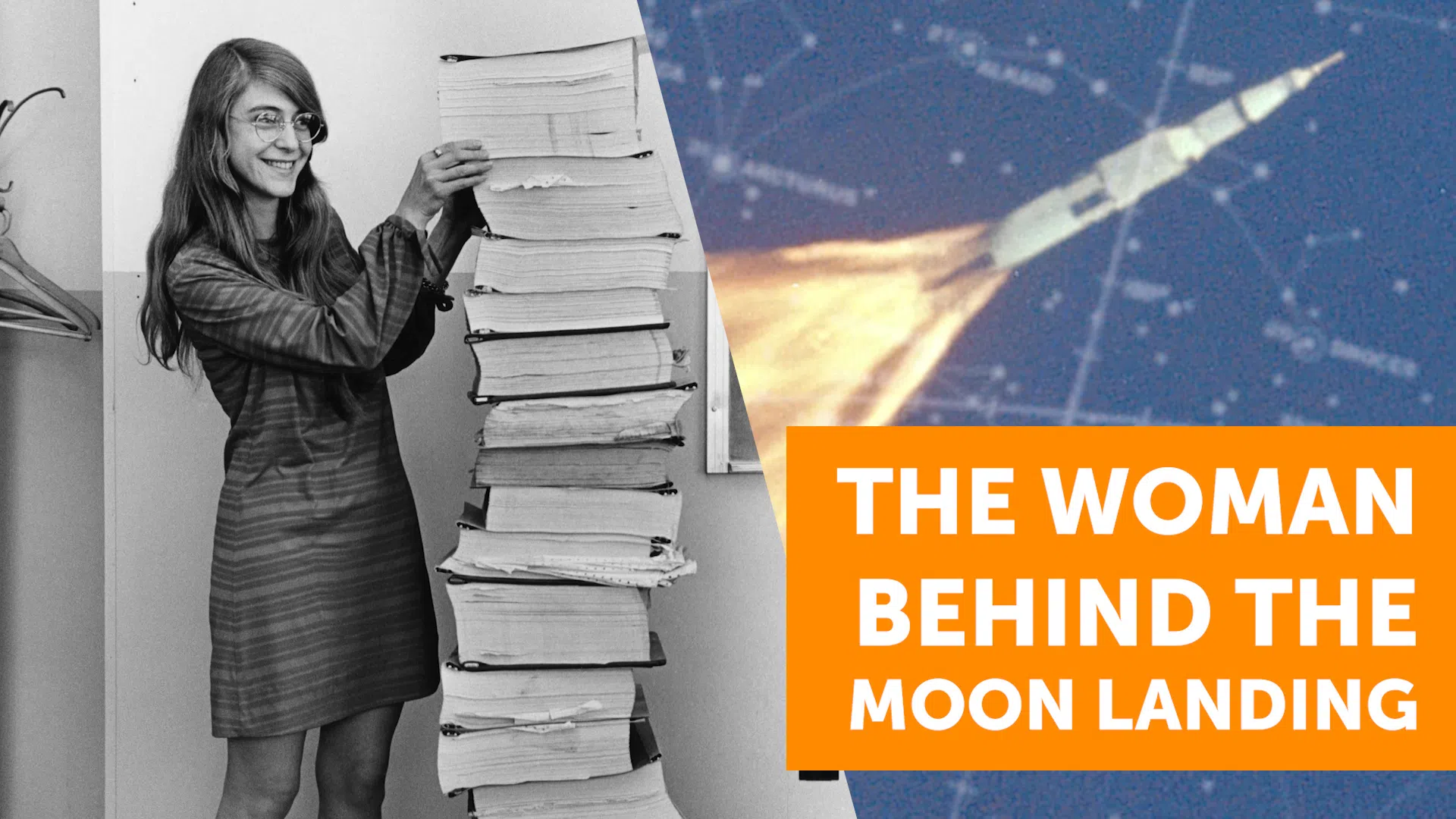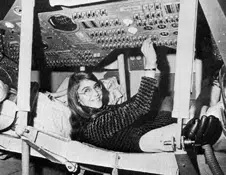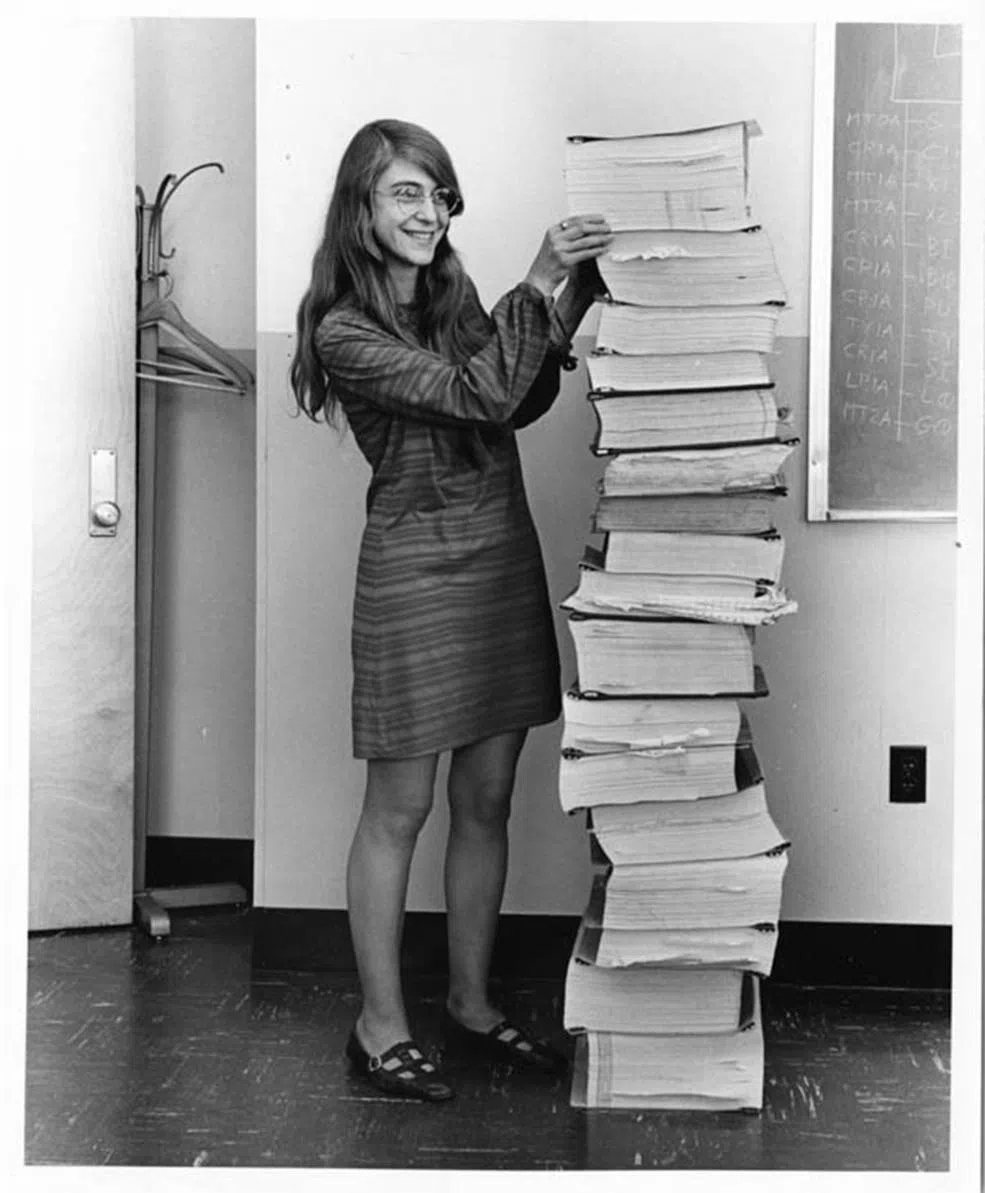The Woman Behind The Moon Landing
Featured in Ripley's Believe It or Not!

Fifty years ago, Apollo 11 astronauts Neil Armstrong, Buzz Aldrin, and Michael Collins made history by landing on the Moon. Though they received the fame and adoration of the country, their voyage may never have been accomplished if it weren’t for one woman—Margaret Hamilton.




